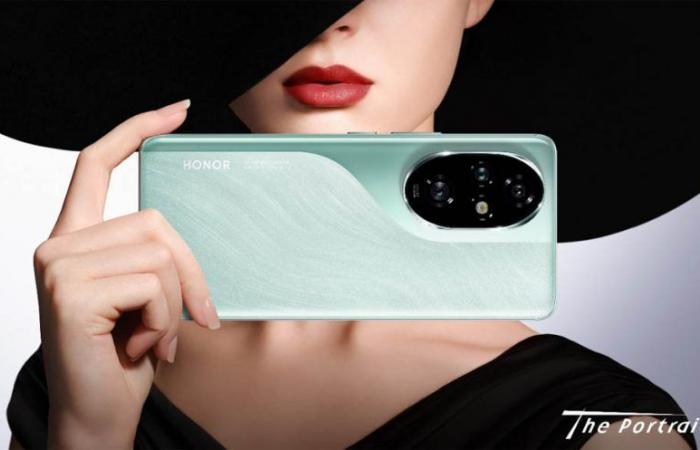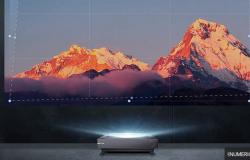The Xiaomi 14 Ultra is equipped with four rear sensors of 50 megapixels each, demonstrating an approach focused on versatility. The main sensor, a 1-inch optically stabilized model boasting a variable aperture, promises solid low-light performance. This type of sensor captures more light and detail, ensuring sharp, well-exposed images. It is accompanied by a 50-megapixel ultra-wide-angle sensor, ideal for expansive landscapes, and two telephoto lenses of the same resolution, allowing 3.2x and 5x optical zoom respectively. These telephoto lenses are perfect for photographing distant subjects without losing quality. This configuration is optimized by Leica, which ensures particularly sophisticated colorimetry and contrast management. Several image modes are offered to match different photographic styles.
On the front, the Xiaomi offers a 32-megapixel selfie sensor, enough to take detailed self-portraits.
Exclusive Portrait modes, with Studio Harcourt
The Honor 200 Pro, for its part, stands out for its partnership with Studio Harcourt, which specializes in portraits. You can choose between the 3 modes offered: classic, color or vibrant. These modes offer the ability to capture images with Harcourt’s artistic elegance and professional finesse, specifically for portraits. Technically, this phone has a 50-megapixel optically stabilized main sensor (H9000 model) which focuses on faithful reproduction of details. It is accompanied by a 50-megapixel telephoto lens for optical zooms and a 12-megapixel ultra-wide-angle sensor which also serves as a macro sensor, allowing you to capture very good quality close-up shots. For selfie lovers, Honor offers an impressive 50-megapixel front camera, combined with a 3D sensor for facial recognition.
This configuration, enriched by Harcourt portrait modes, is designed for those looking for studio-style photos with controlled background blur.
A more classic but coherent configuration
Finally, the OnePlus 12 relies on a more classic but effective combination. Its optically stabilized 50-megapixel main sensor provides a solid foundation for most shots, while the 48-megapixel ultra-wide-angle sensor widens the field of view for landscapes and group photos. The 64 megapixel telephoto lens offers 3x optical zoom, less advanced than that of the Xiaomi but sufficient for more distant scenes. On the front, there is a 32-megapixel selfie sensor similar to that of the Xiaomi. This setup focuses on versatility and efficiency for quality shots in most situations.
In terms of overall performance, the Xiaomi 14 Ultra stands out thanks to its four high-resolution sensors and optimization by Leica, which puts it in the lead for image quality and shooting flexibility. The Honor 200 Pro arrives next, distinguished by its ultra-detailed front sensor and unique portrait modes. The OnePlus 12 completes the podium with a more classic but well-balanced package, ideal for general use.






